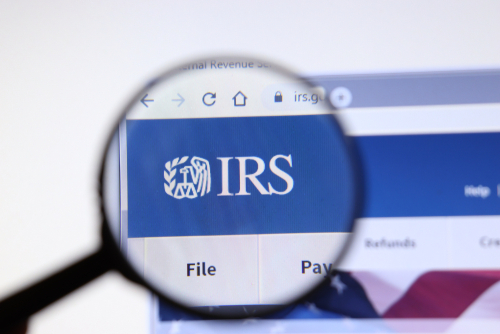The IRS reminds retirees of crucial deadlines regarding Required Minimum Distributions (RMDs) from retirement accounts like IRAs and 401(k)s. Retirees who turned 73 in 2024 must begin their withdrawals by April 1, 2025, and failure to comply may result in hefty penalties. Curious about the impact and implications for your taxable income?
Understanding Required Minimum Distributions
Retirees with savings in IRAs, SIMPLE IRAs, SEP IRAs, or retirement plan accounts must withdraw funds once they reach 73. Failing to do so can result in a 25% excise tax on the amount not withdrawn. Subsequent withdrawals should be made by December 31 every year. Roth IRAs are exempt during the account owner’s lifetime.
Thanks @cbriancpa for reminding us we have 35 days to file or extend our IRS Forms 1040 and 1120.
That also means 35 days to pay #tax we owe. What happens if we don't? As shown below, add 7% interest for not paying #taxes on time.https://t.co/p999328b21 https://t.co/bzFR0C2BJU— Deborah Fox, CPA (@DebFoxFinancial) March 12, 2025
The initial RMD must be calculated using the account balance from the previous year divided by a distribution period from the IRS’s Uniform Lifetime Table. Special rules may apply if the sole beneficiary is a spouse significantly younger than the account holder. With proper planning, retirees may mitigate tax liabilities that result from these distributions.
Key Dates and Penalties
In most cases, retirees who turned 73 in 2024 must begin receiving payments from retirement accounts by April 1, 2025. Delaying these withdrawals means two RMDs in one year, potentially increasing taxable income significantly. Charles Schwab warns that this could impact tax situations, so considering RMD timing is essential.
Did you turn 73 in 2024? Don’t miss your first RMD deadline!
📅 Key Deadlines:
1. April 1, 2025: Final deadline for your 2024 RMD
▪️ 👉 NOTE—Only applies if you didn’t take it in 2024
▪️ Based on December 31, 2023, account balance
2. December 31, 2025: Deadline for your 2025 RMD… pic.twitter.com/0jBEJ6yAkW— Stirlingshire (@StirlingshireBD) March 14, 2025
“In most cases, retirees who turned 73 in 2024 must begin receiving payments from Individual Retirement Arrangements (IRAs), 401(k)s, and similar workplace retirement plans by Tuesday, April 1, 2025.” – the agency.
Neglecting RMD deadlines could result in a 25% tax penalty on the undistributed amount, though this is reduced to 10% if corrected within two years. Waivers for reasonable errors are possible, provided the correct forms are submitted.
Alternatives and Considerations
Retirees have some flexibility in timing their RMDs to align with personal financial strategies. Delaying the first RMD could mean facing tax increases if not planned correctly—Roth IRAs spare account owners from RMDs, offering a tax-efficient retirement saving avenue. Retirement planning should incorporate these considerations to navigate the potential tax implications best.
Understanding RMD rules and deadlines is crucial for retirees to prevent penalties and ensure compliance with IRS regulations. Proper planning and adherence to these guidelines help optimize retirement funds and minimize tax impacts.

